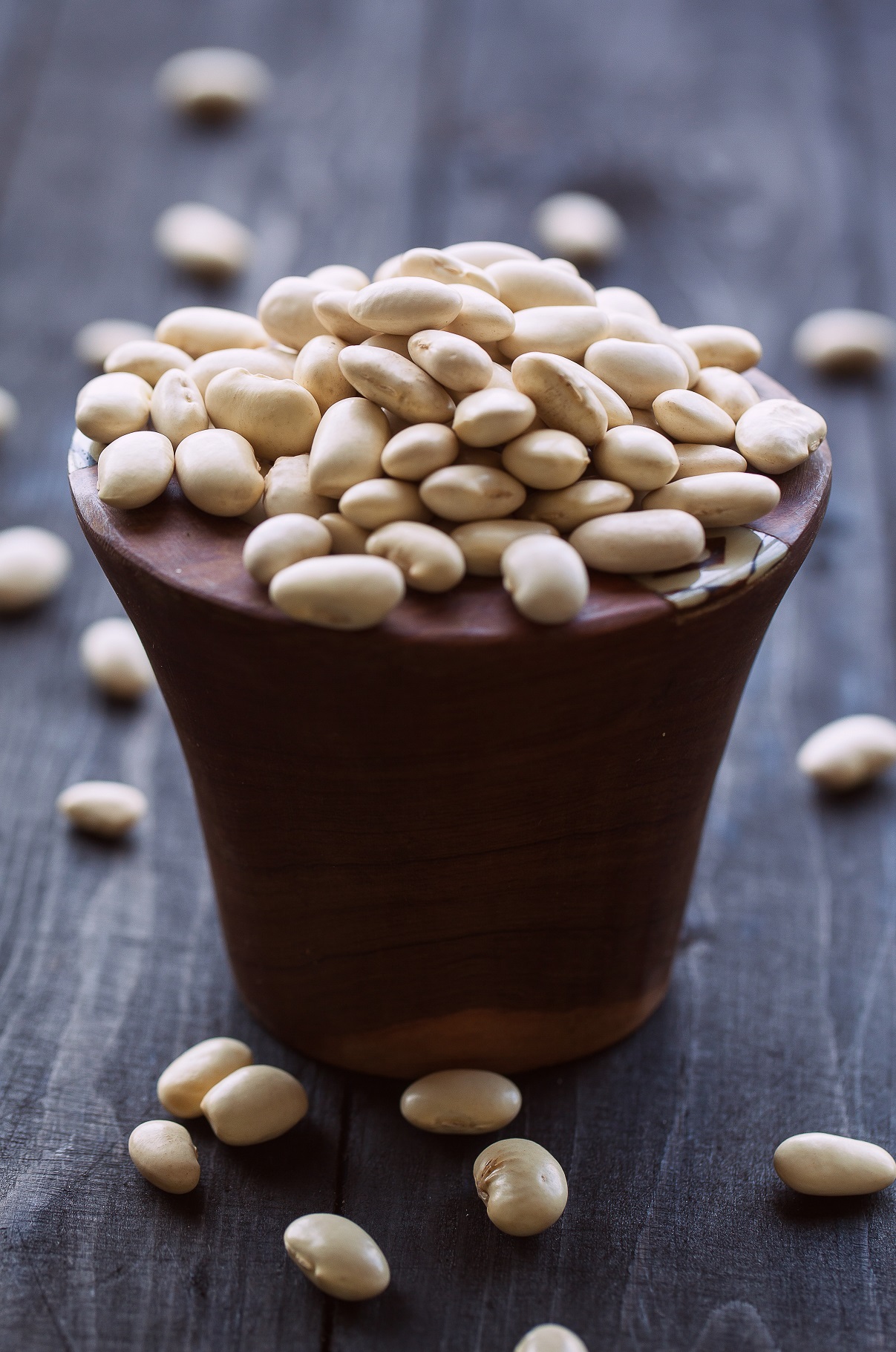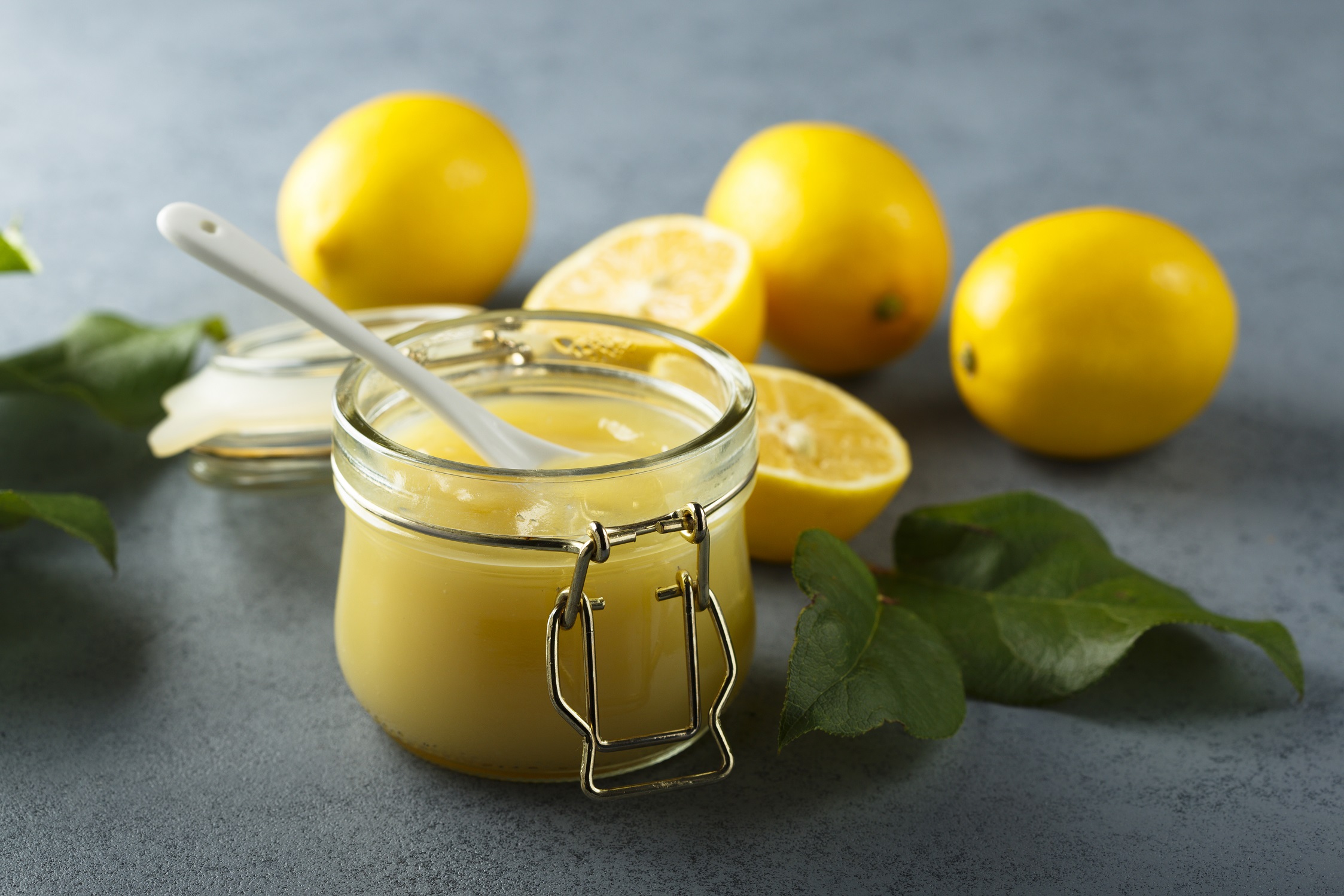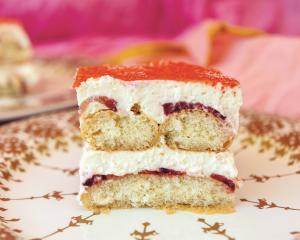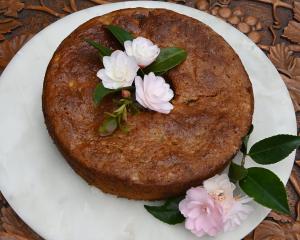
Prawn toast
Something on toast. Words to carve on my tombstone. The version that follows celebrates the simple magic that happens when shellfish meets cream and dill. The minor task of infusing the cream with the crushed prawn shells is a little bit of genius and not to be missed out.
Makes 2
Ingredients
400g large prawns, raw, shells on
250ml cream
50g grated parmesan
2 Tbsp dill leaves
2 thick slices sourdough bread
Method
Peel the prawns and remove their heads, putting the flesh on a plate and the shells and heads in a small saucepan. Pour the cream into the pan and bring to the boil, crushing the shells in the cream with the back of a spoon as you go. Turn off the heat once the cream comes to the boil, then cover and leave to infuse for 30 minutes.
Cut the prawns into short pieces. Strain the cream through a sieve, discarding the shells. Pour the cream back into the saucepan, add most of parmesan and season with black pepper. Leave to simmer for 5 minutes until the cream has thickened slightly, then stir in the dill and the chopped prawns.
Get an oven grill hot, toast the bread on either side, then spoon the prawn mixture over the toast, dust with the reserved parmesan and slide under the hot grill till just bubbling and starting to colour.
Creamed butter beans and spinach on toast
Enough for 3
Ingredients
2 medium onions
2 Tbsp olive oil
30g butter
200g spinach
500ml milk
6 black peppercorns
2 bay leaves
45g plain flour
100g blue cheese
1×400g tin butter beans
6 slices toast
For the pickled onions
½ red onion
100ml white wine vinegar
50ml water
8 black peppercorns
1 tsp salt
1 tsp caster sugar
Method
Start with the pickled onion. Peel and thinly slice the red onion and put it in a non-reactive saucepan with the vinegar, water, whole peppercorns, salt and sugar. Bring to the boil, check that the sugar has dissolved, then remove from the heat and set aside. Over the next half hour or so, the onion will become softer and less pungent, but retain a little of its original crispness.
Peel and roughly chop the 2 onions, then put them into a deep saucepan with the olive oil and butter and place over a low to moderate heat. Let the onions cook, with the occasional stir, for a good 15-20 minutes until deep gold and translucent.
Wash the spinach and remove any tough stalks. Put the still-wet leaves into a saucepan, place over a high heat and cover tightly with a lid. Leave the spinach to cook for a couple of minutes in its own steam, turn once or twice with tongs, then remove from the heat when the leaves are deep green and wilted. Tip into a colander and rinse under cold water, then squeeze out most of the water with your hands.
Bring the milk, whole peppercorns and bay leaves to the boil in a small, deep saucepan, then set aside to infuse.
Stir the flour into the softened onions, continue cooking for a minute or two, then stir in the milk, a ladle at a time, discarding the aromatics as you go. Stir the sauce to remove any lumps, then leave to simmer over a low heat for 10 minutes, continuing to stir from time to time.
Crumble the cheese into the sauce, taste, then add ground black pepper to taste. Rinse the butter beans and add them to the sauce, then stir in the spinach. Place the slices of toast on a baking sheet and set the oven grill to high. Divide the beans between the slices of toast, then leave under the grill until patchily golden. Top with red onion slices, lifted from the pickle, and eat immediately.

Lemon curd
This little jar of sunshine couldn’t be easier to make at home.
Lemon curd, that gloriously sweet-sharp preserve — a little jar of sunshine — is so much better when made at home. Good though some of the commercial stuff is, and especially when made by artisan producers, it can never match the batch you make at home. The surprise for me is that, rather than the temperamental preserve I had been warned about, making lemon curd couldn’t be more straightforward.
You will need a good sharp grater, one that allows you to use just enough pressure to remove only the lemons’ outermost zest. Anything below the first fine layer of zest will be bitter rather than pleasantly sour and take your curd well beyond lip-puckering. The zest should be so fine as to be indefinable in the finished preserve — this isn’t marmalade.
Most lemon curd recipes instruct you to stir the mixture with a wooden spoon. I find that stirring lightly with a whisk introduces just a little more lightness into the curd, making it slightly less solid and more wobbly.
Makes 2 small jam jars
Ingredients
Zest and juice of 4 unwaxed lemons
200g sugar
100g butter
3 eggs, plus 1 egg yolk
Method
Put the lemon zest and juice, the sugar and the butter, cut into cubes, into a heatproof bowl set over a pan of simmering water, making sure that the bottom of the basin doesn’t touch the water. Stir with a whisk from time to time until the butter has melted.
Mix the eggs and egg yolk lightly with a fork, then stir into the lemon mixture. Let the curd cook, stirring regularly, for about 10 minutes, until it is thick and custard-like. It should feel heavy on the whisk.
Remove from the heat and stir occasionally as it cools. Pour into spotlessly clean jars and seal. It will keep for a couple of weeks in the refrigerator.












